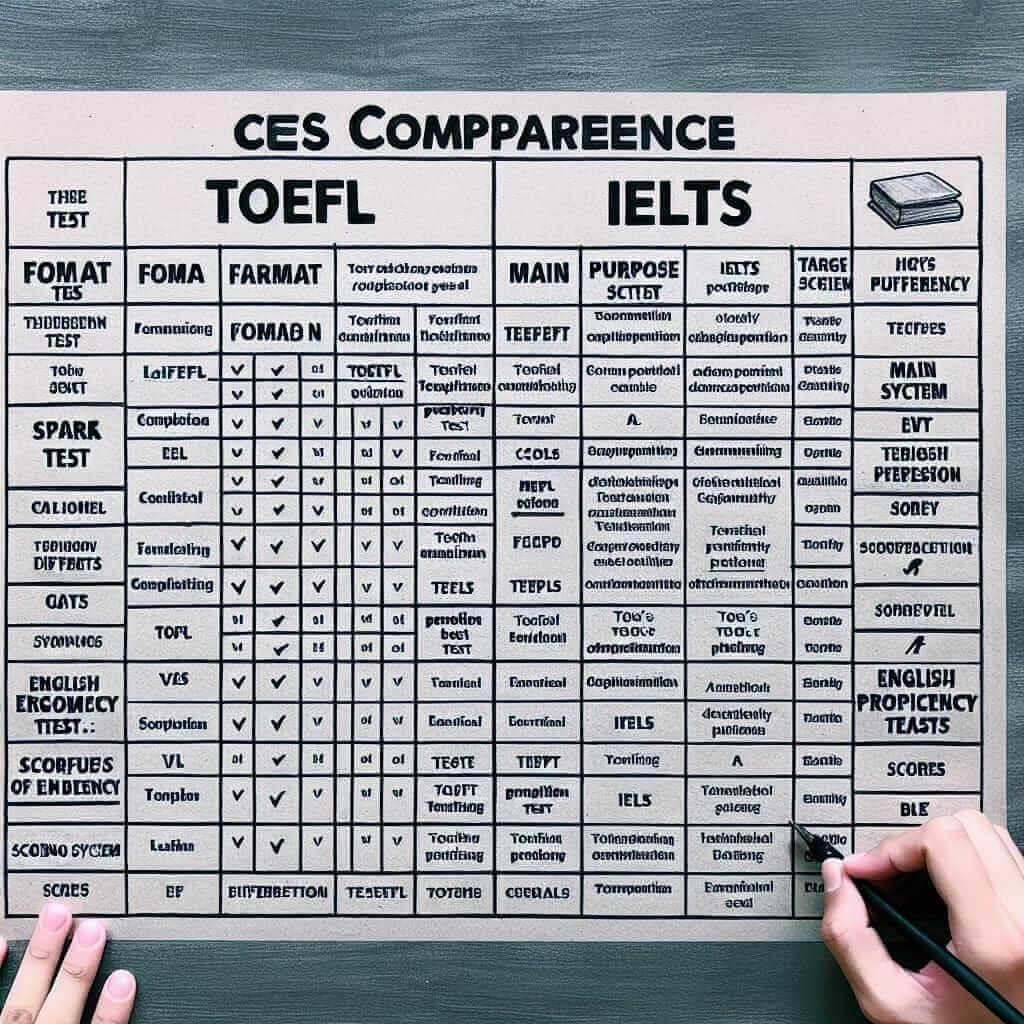As an IELTS instructor with over 20 years of experience, I often encounter students asking about the “TOEFL IELTS test.” This phrasing reveals a common misconception – TOEFL and IELTS are not a single test, but two distinct English proficiency exams. This article delves into the differences between them, providing clarity for those aiming to demonstrate their English language abilities.
TOEFL vs. IELTS: Unraveling the Differences
While both TOEFL (Test of English as a Foreign Language) and IELTS (International English Language Testing System) assess your English skills, they differ significantly in format, purpose, and scoring. Understanding these distinctions is crucial for choosing the test that aligns best with your goals.
Purpose and Recognition:
- TOEFL: Primarily accepted by North American institutions, TOEFL is favored for university admissions and scholarship applications. It leans towards academic English proficiency.
- IELTS: Globally recognized, IELTS caters to both academic and professional purposes. It is preferred for university admissions in the UK, Australia, Canada, and many other countries, as well as for immigration and work visa applications.

Format and Content:
-
TOEFL (iBT – Internet-based Test):
- Duration: Approximately 4 hours.
- Sections: Reading, Listening, Speaking, and Writing (all integrated with academic content).
- Speaking: Responses are recorded and assessed later.
- Writing: Two essays, one integrated with reading and listening.
-
IELTS:
- Duration: Approximately 2 hours and 45 minutes.
- Sections: Listening, Reading, Writing, and Speaking.
- Two versions: Academic (for higher education and professional registration) and General Training (for work experience, training programs, or immigration).
- Speaking: Face-to-face interview with an examiner.
- Writing: Two tasks; styles vary between Academic and General Training versions.
Scoring:
- TOEFL: Scored out of 120, with each section carrying 30 points.
- IELTS: Scored on a band system from 1 (non-user) to 9 (expert), with individual band scores for each section and an overall band score.
Which Test is Right for You?
Choosing between TOEFL and IELTS depends on your individual circumstances. Consider these factors:
- Reason for taking the test: University admission, job application, visa requirement, or personal development.
- Target institution or organization: Check their preferred English proficiency test.
- Test format and content: Choose the format that suits your strengths and learning style.
- Global recognition: IELTS holds wider global acceptance, particularly outside North America.
Tips for Success:
Regardless of the test you choose, these tips will contribute to achieving a high score:
- Start early: Allow ample time for preparation.
- Familiarize yourself with the test format: Practice with sample tests to understand the structure and timing.
- Improve your English language skills: Focus on all four aspects – reading, listening, speaking, and writing.
- Develop test-taking strategies: Time management and understanding question types are crucial.
- Seek professional guidance: Consider an IELTS or TOEFL preparation course for personalized support.
Conclusion
Understanding the differences between TOEFL and IELTS is paramount for making informed decisions regarding your English language assessment journey. By carefully evaluating your needs, goals, and the specific requirements of your target institutions or organizations, you can select the most suitable test and embark on your preparation with confidence. Remember, dedicated effort and strategic planning are key to achieving your desired score.